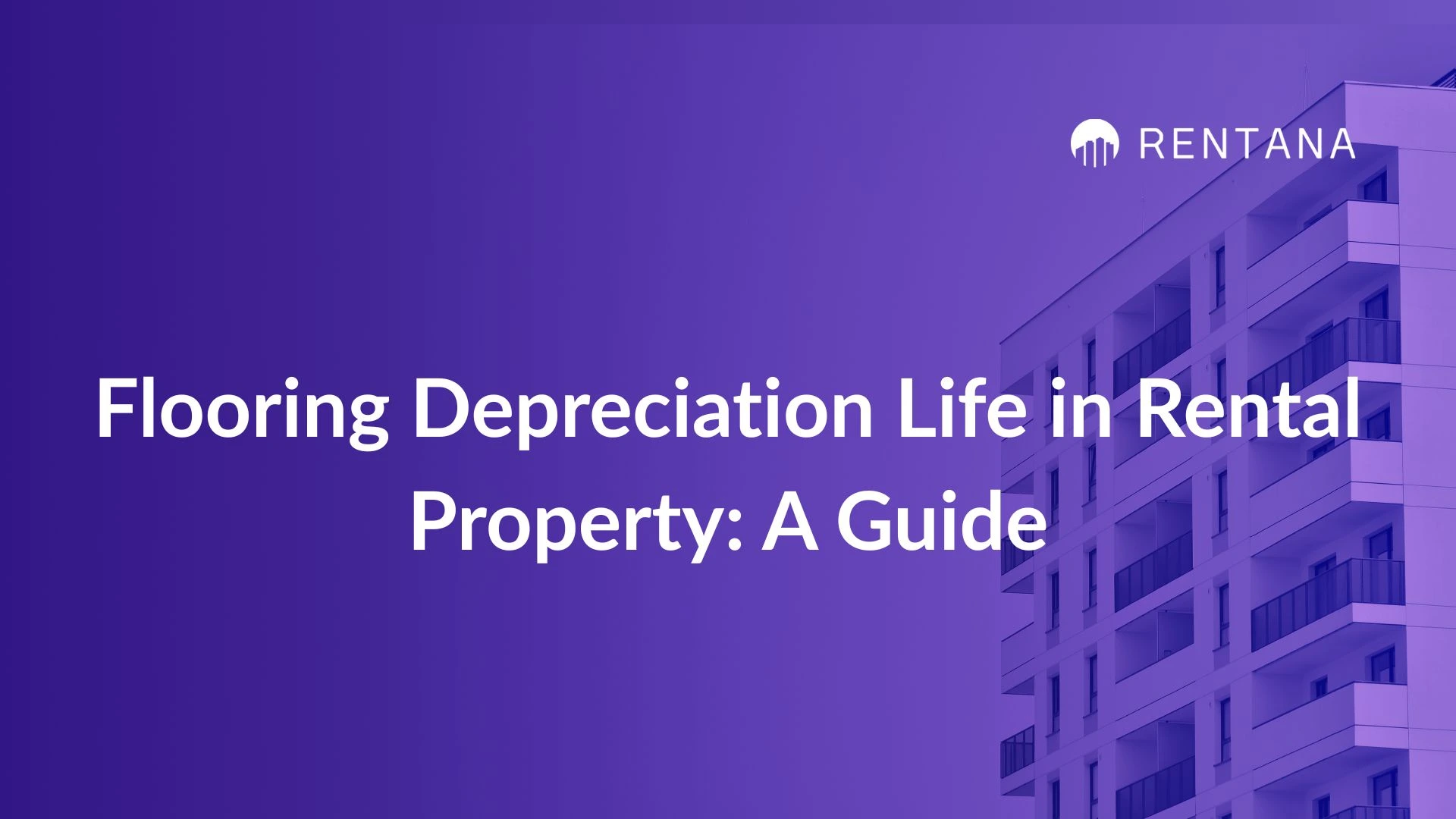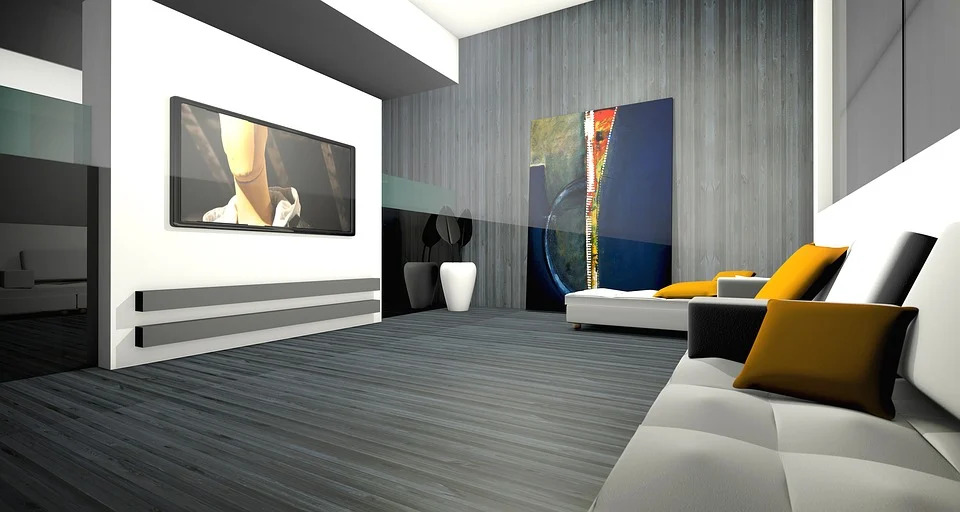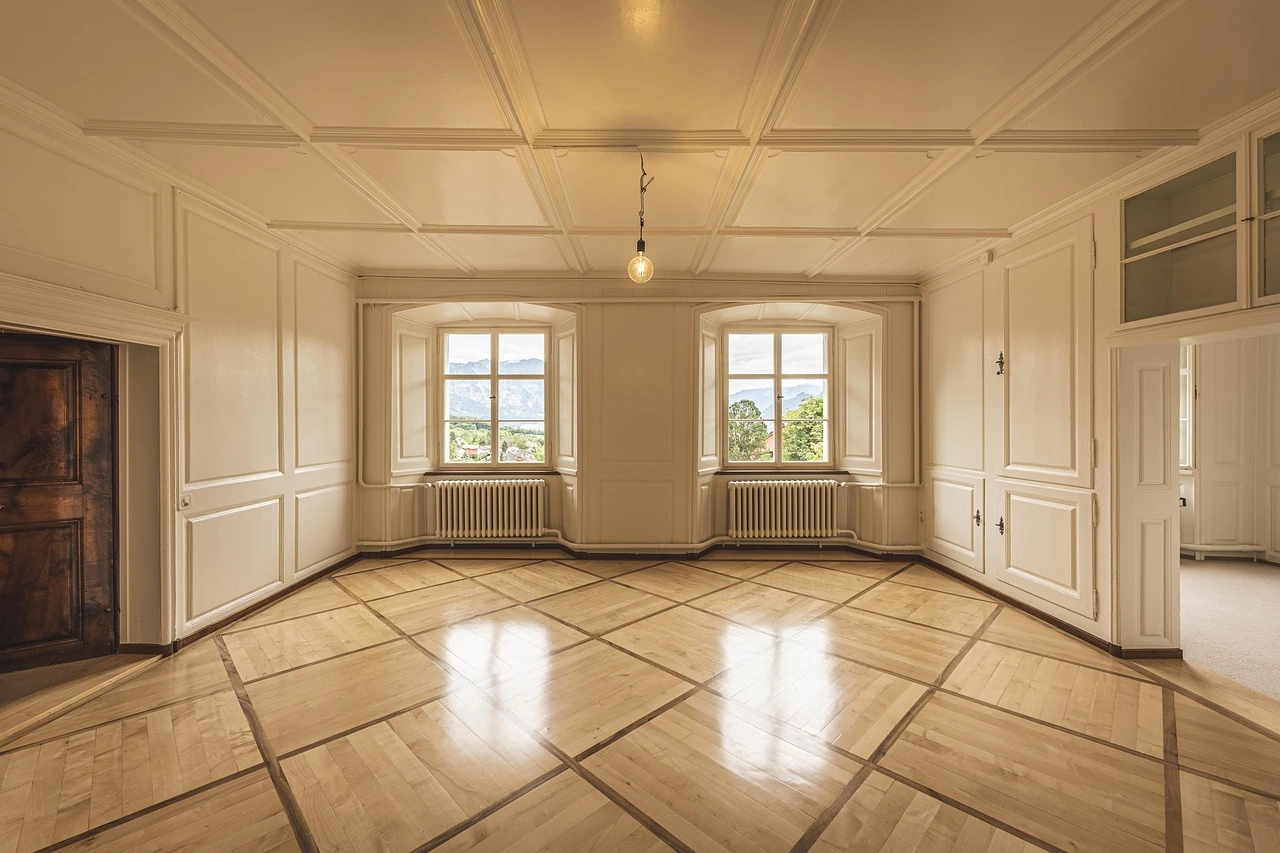




Flooring depreciation life is a widely discussed topic in real estate.
Floors take more of a beating in rental properties than almost any other part of the home.
Between heavy foot traffic, moving furniture, pets, and everyday wear, it is no surprise that landlords often ask how long flooring really lasts and how it can be depreciated for tax purposes.
The IRS sets clear timelines for different types of flooring, and knowing these rules can help property owners plan smarter and save money at tax time.
In fact, carpet in rental properties is generally considered to have a five-year depreciation life, while materials like hardwood or tile can last much longer on the books. Understanding how this works not only helps you stay compliant with tax regulations, it also gives you a clear strategy for maintaining your property and getting the most value out of your investment.
Top Pick: Generative AI in Real Estate: Top Use Cases & Early Adopters
Depreciation is the process of spreading out the cost of an asset over its useful life. For rental property owners, it is one of the most valuable tax benefits available because it allows you to deduct the gradual “wear and tear” of items like appliances, roofs, and flooring.
Instead of taking the entire cost as an expense in one year, the IRS requires you to write it off over a set period of time, known as the asset’s depreciation life.
Flooring depreciation follows the same logic. The IRS recognizes that carpet, hardwood, tile, and laminate all have different useful lives, so each one is placed on a schedule that determines how long it can be depreciated.
This schedule is what landlords refer to as the flooring depreciation life. For example, carpet is usually given a shorter life because it wears out faster, while hardwood or tile may depreciate over a much longer period since they tend to last.
Understanding how flooring fits into depreciation rules helps property owners in two big ways.
First, it ensures you stay compliant with tax requirements, avoiding errors that could raise red flags with the IRS.
Second, it allows you to plan ahead for replacements and upgrades while making the most of the available tax deductions. In short, flooring depreciation life is not just about tax paperwork, it is also about managing your property’s value in a smart and strategic way.

The IRS provides rules for depreciating rental property improvements under the Modified Accelerated Cost Recovery System (MACRS). Under MACRS, residential rental property structures are recovered over 27.5 years using the straight-line method.
That means if flooring is permanently affixed, such as hardwood, tile, vinyl, or tile set into place, it must usually be depreciated over the same 27.5-year period.
Carpet that is removable, such as wall-to-wall carpet that is not glued or permanently attached, may qualify as personal property. In that case, the IRS treats it differently and allows a 5-year depreciation schedule because it is not considered a permanent fixture. This shorter life applies when the carpet can be removed without damaging the structure of the property.
Related: Top 9 Real Estate Market Analysis Tools
Understanding flooring depreciation life is easier when you look at actual numbers. These examples show how different types of flooring are written off over time under IRS rules.
Example 1: Carpet
A landlord installs new carpet in a rental unit at a cost of $5,000. Since carpet is considered personal property, it can be depreciated over 5 years. That means the landlord deducts $1,000 each year for five years until the cost is fully recovered. If the carpet wears out in exactly five years, the tax schedule and the real-world lifespan match up closely.
Example 2: Hardwood Flooring
Another landlord installs hardwood flooring throughout a small apartment building for $12,000. Because hardwood is considered a structural improvement, it must be depreciated over 27.5 years. That comes out to about $436 per year in depreciation. Even though hardwood might realistically last 20 to 30 years with proper care, the IRS schedule ensures it is treated as part of the building.
Example 3: Tile Flooring
A landlord spends $8,000 to install ceramic tile in a rental property. Like hardwood, tile is considered a permanent part of the structure, so it is also depreciated over 27.5 years. This means the annual deduction is around $291. Tile may physically last much longer, but for tax purposes, the deduction stretches across nearly three decades.
These examples show why knowing the flooring depreciation life matters. Different materials follow different schedules, and the choice of flooring affects not only tenant experience but also long-term tax strategy.
Recommended: 11 Proven Ways To Get Apartment Application Fee Waived

Flooring is one of the biggest expenses in rental properties, so knowing how to make the most of its lifespan and depreciation benefits can save landlords a lot of money over time. A smart approach combines choosing the right materials, maintaining them well, and keeping accurate records for tax purposes.
Choose Materials Wisely
Match flooring choices to the type of rental. Durable vinyl or laminate may be better for high-turnover apartments, while hardwood or tile might be a good fit for long-term rentals where tenants stay for many years.
Maintain Regularly
Simple steps like professional carpet cleaning, sealing tile grout, and refinishing hardwood can extend flooring life and delay costly replacements. Tenants also notice when floors are well kept, which supports tenant satisfaction and retention.
Track Depreciation Carefully
Keep receipts and document installation dates. This ensures you can claim the correct depreciation schedule for each flooring type. Work with a tax professional to make sure you maximize deductions without errors.
By combining smart choices with consistent care, landlords can stretch flooring life further while aligning with IRS depreciation schedules. This creates a win-win: tenants enjoy well-maintained homes, and property owners gain both financial efficiency and long-term value.
